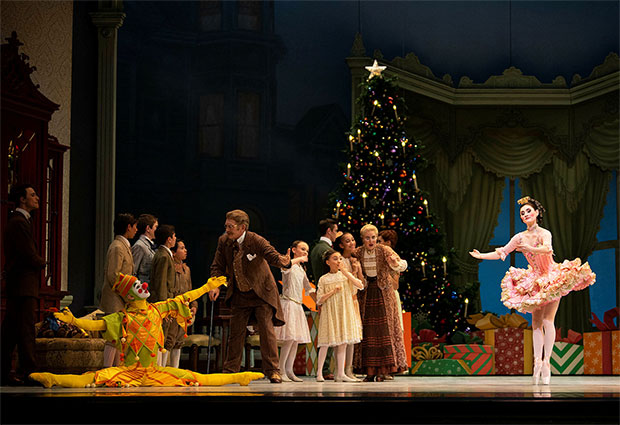
© Erik Tomasson. (Click image for larger version)
San Francisco Ballet
Nutcracker
★★★★✰
San Francisco, War Memorial Opera House
15 (matinee) December 2018
www.sfballet.org
Whether you bemoan its arrival or delight in the overture’s first staccato notes, Nutcracker is an inevitable part of the yearly ballet calendar. The tale of Clara (or Marie depending on the version) and the toy she receives from her uncle on Christmas Eve; the toy’s transformation into a real being; and a journey through a wintry forest to a mystical land filled with dance and fairies. Ok, so not the deepest narrative. Though to be fair, most story ballets have pretty thin plots. Nevertheless, I’m a Nutcracker fan. And I’m a fan of San Francisco Ballet’s current production, choreographed in 2004 by Artistic Director and Principal Choreographer Helgi Tomasson, and currently playing until December 29th at the War Memorial Opera House.
I have no idea how many times I’ve seen this particular Nutcracker, or how many times I’ve seen the ballet in total. But as the house lights dimmed, I saw the wide, expectant eyes of the six-year-old who I had brought with me. In that moment, I was keenly aware that for so many in the audience, this was the first time they had experienced Nutcracker wonder, wonder that was expertly conveyed by the artists of San Francisco Ballet.
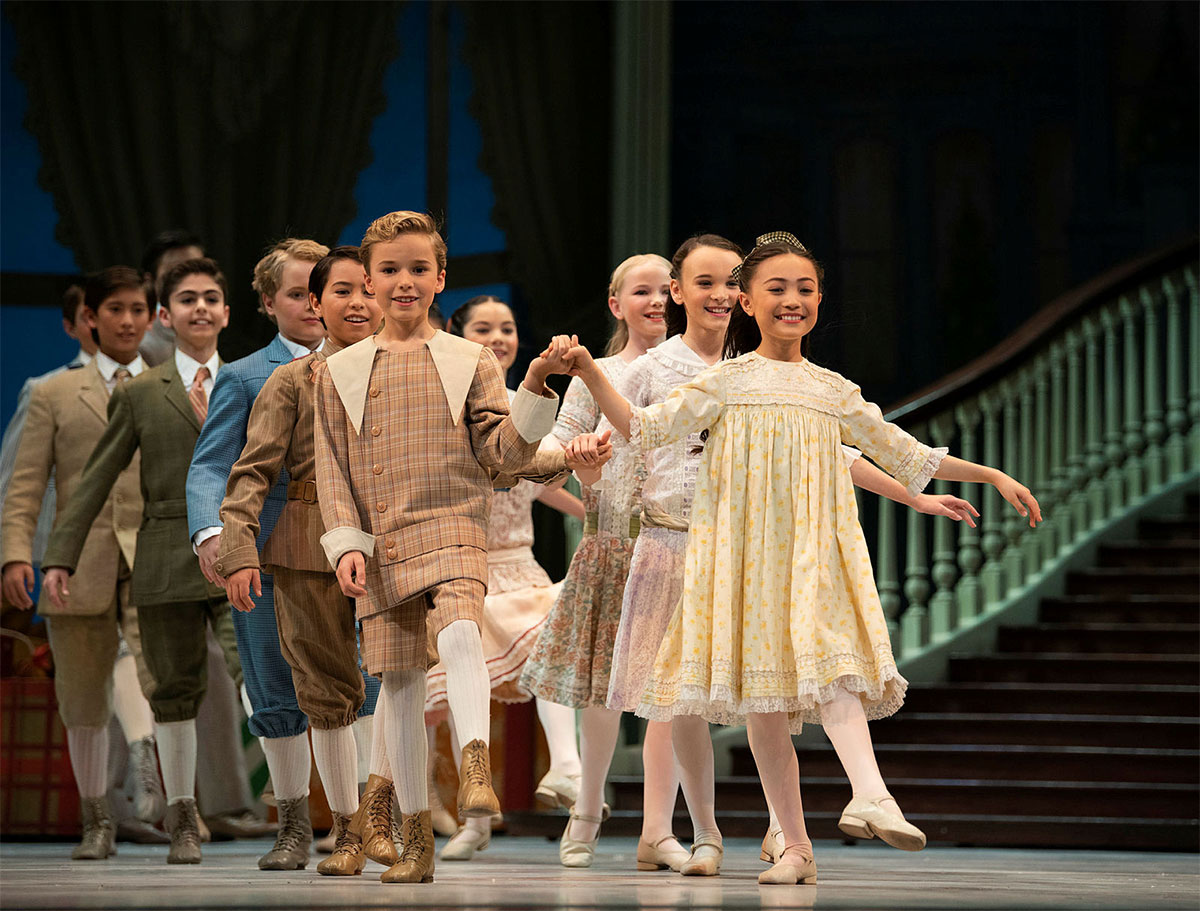
© Erik Tomasson. (Click image for larger version)
SFB’s Nutcracker opens with a lovely, traditional act – the Stahlbaum Christmas celebration, the dream sequence, the toy soldiers’ midnight altercation with the house mice and finally the Nutcracker’s transformation. Story telling is the real star of this first half, and Tomasson propels the action at a steady pace, avoiding the lags that can plague other versions (specifically in the aforementioned fight episode). With story at the helm, gesture obviously plays a big role in these early scenes, but several fine dance interludes emerge as well. The dolls that Drosselmeyer (Pascal Molat) brings to life at the party were a hit. Corps de ballet dancer Cavan Conley was a terrific harlequin, nailing both the sinuous, legato choreography as well as the character’s many acrobatic tricks. Fellow corps member Lauren Parrott equally impressed as the ballerina doll, handily executing the relevé-heavy solo. And the moment that Carlo Di Lanno’s Nutcracker became a prince cannot be left out. Buoyant, soaring leaps combined with Di Lanno’s exuberant expression created such a joyful atmosphere. The elation was both palpable and contagious.
But Act I’s shining glory is definitely the snow scene, reigned over by the Queen and King of the Snow, Frances Chung and Tiit Helimets at this performance. What makes this snow scene so special is that it embodies the arc of a real snowfall. First comes softness and quiet. Onstage, the corps de ballet pose in an array of intricate snowflake configurations; they spring lightly into the air and land each jump with a whisper; subtle, low footwork evokes delicacy. Then the blizzard picks up and so does the movement. Boureés pulse at a fast, whirring pace; waltzing steps take on a sweeping, grand intention; pointework pierces the stage. The vignette’s only downfall is that the intensity and volume of snow flurries goes a little far. It certainly provides a stunning winter landscape, but also tends to mask some of the choreography in the final minutes of the act.

© Erik Tomasson. (Click image for larger version)
While Act I is all about the story, Act II is all about the dancing and choreography, as Clara, the Prince, Drosselmeyer and the audience are transported to the Sugar Plum Fairy’s Crystal Palace (soloist Jahna Frantziskonis replacing Sasha De Sola). For the most part, it too, feels like a very classic second half with the waltz of the flowers and the different enchainements: Spanish, Arabian, Chinese, French and Russian. SFB’s Spanish variation is one of my favorites because it embraces the tricky, pas de cinq compositional form. There’s equal parts symmetry and asymmetry; dynamic and surprising groupings; energetic and feisty steps. It’s only too bad it’s the shortest of the bunch. With enviable flexibility and a mysterious air, Ludmila Bizalion was a masterful Arabian soloist. The French pas de trois (Megan Amanda Ehrlich, Gabriela Gonzalez and Anatalia Hordov) was also quite good, and I think it was largely due to better spacing. The trio seemed further apart than usual, giving them more space to maneuver the rhythmic gymnastic ribbons they wield throughout the lengthy dance. Ahead of the show, it had been reported that the flower costumes were being given an upgrade this year and indeed, they looked crisp and refreshed. But it also brought to light that other costumes are in need of some attention and refurbishment. Both the Mouse King’s attire and the Spanish jackets were looking a bit worse for wear on Saturday afternoon.
As for the Sugar Plum Fairy, Tomasson dispenses with tradition. In this Nutcracker, the Sugar Plum Fairy leads the flowers through their paces, but when it comes to the classic, plinky music named for her, she is nowhere to be found. Instead SFB’s Nutcracker has a grown-up, adult Clara (WanTing Zhao) join the Prince for the duet, solo and coda of the grand pas deux. From a narrative perspective, I get it. Clara and the Prince have been paired since the beginning of the ballet, so why shouldn’t she dance the final variation? And many different Nutcrackers have opted to take a similar approach. It’s just not for me. Call me old-fashioned, but when I hear the Dance of the Sugar Plum Fairy rise from the orchestra pit, I kind of want to see the Sugar Plum Fairy.












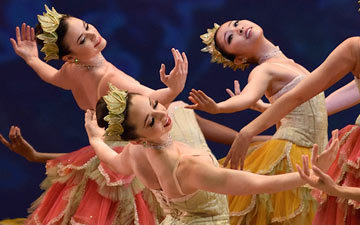
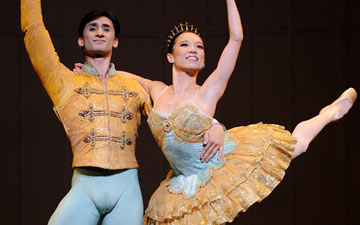


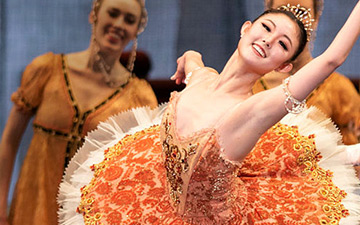
You must be logged in to post a comment.